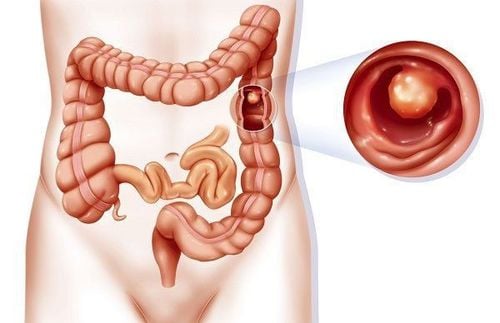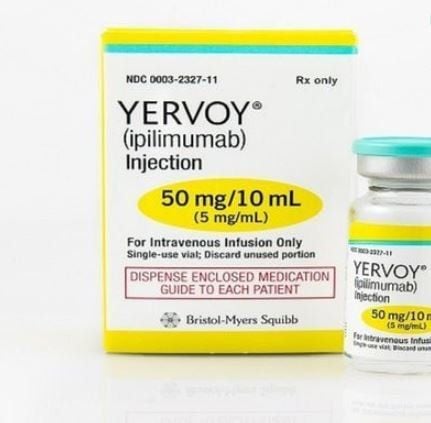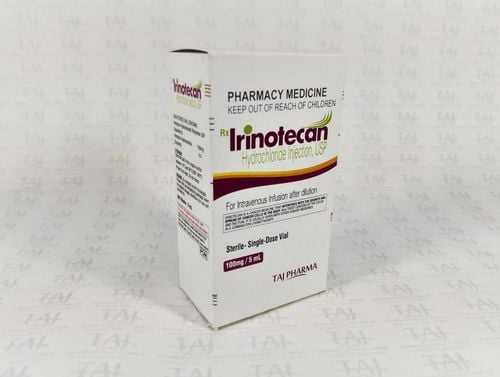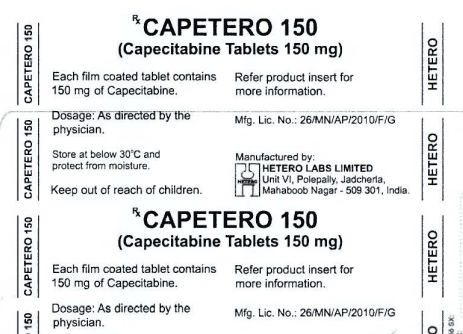This is an automatically translated article.
Posted by Master, Doctor Mai Vien Phuong - Department of Examination & Internal Medicine - Vinmec Central Park International General Hospital
Colorectal cancer screening and endoscopic polypectomy can reduce colorectal cancer mortality and are now recommended by many national guidelines. Nose polypectomy and endoscopic mucosal resection (EMR) are established treatment criteria for polypectomy.
1.Overview
The advantages of the noose polypectomy and endoscopic mucosal resection are the relatively short procedure time and an acceptable complication rate, with a slow bleeding rate of 0.9% and a low risk of complications. Perforation ranges from 0.4% to 1.3% depending on the size and location of the resected lesion. A recent innovation is the underwater EMR technique.
Some limitations of the study suggest that larger lesions can be resected monolithically with low complication rates and short procedure times. However, despite extensive practice, standard EMR techniques are not perfect. Consequently, there is still a significant incidence of adverse events, especially perforation and bleeding. Furthermore, larger lesions cannot be reliably removed, resulting in incomplete resection. Ultimately, dense submucosal fibrosis results in non-migratory, difficult-to-treat lesions. This article will focus on current advances in laparoscopic resection trying to overcome these problems, particularly cryo-biopsy techniques to reduce complication rates, transmucosal submucosal dissections, etc. endoscopic full-thickness resection (ESD) to increase resection rates for larger flat or pedunculated lesions, and endoscopic full-thickness resection (EFTR) for difficult-to-resect (unresectable) lesions.
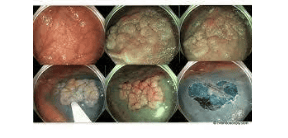
2. The technique of cutting polyps with a noose does not use electric current
Endoscopic polypectomy and endoscopic mucosal resection (EMR) are established treatment standards for colorectal polyps. Current studies aim to reduce both complication and recurrence rates as well as shorten the duration of the procedure. Nose nose polypectomy technique – Cold snare resection is the emerging standard for the treatment of smaller polyps (<5mm) and may also be suitable for removal of polyps non-cancerous up to 9 mm. This method avoids heat damage, reduces procedure time, and may reduce the risk of slow bleeding.
Another alternative of treatment modalities, endoscopic submucosal dissection (ESD) monolithic resection of larger flat or pedicleless lesions. This technique has clear advantages in the treatment of high-grade dysplasia and early-stage cancer. Because of the minimal recurrence rate, it may also be an alternative to segmental EMR of larger flat or pedunculated lesions. However, ESD is technically demanding and burdened by longer procedure times and higher costs. Therefore, it should be restricted to lesions suspected of high-grade dysplasia or early invasive cancer. The latest addition to endoscopic resection is endoscopic total wall resection (EFTR) with devices specifically developed for flexible bronchoscopy. This procedure is useful for treating small lesions that are difficult to heal, for example, that recur with scar formation after previous endoscopic resection.
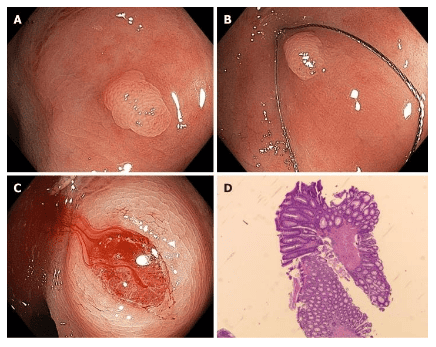
3. Remove polyps faster and safer with cold biopsy technique
The disadvantage of the conventional current-based noose cutting method is due to thermal injury. Possible complications are delayed bleeding and heat trauma leading to post-operative syndrome and late perforation. Recently, cold nose resection has been introduced as a possible alternative. This method involves catching polyps - mainly with specialized equipment - without the additional use of electrocautery. It is mainly applied to small polyps (up to 5mm) but has recently been extended to larger lesions.
This approach offers the possible advantage of reducing procedure time and postoperative complications while maintaining the same efficacy as conventional hot ablation.
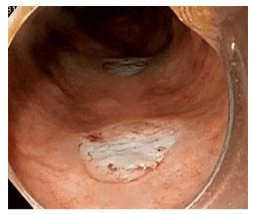
4. Research results
Several studies have been published on this topic. A recent meta-analysis included eight randomized controlled trials with 3195 interventions. Compared with conventional techniques, the cryo-biopsy technique has similar results, but the time to perform is significantly shortened and tends to reduce the rate of slow bleeding.
On the other hand, possible disadvantages of cryosection were highlighted in a histopathological study of 184 polyps. In this study, cold noose resection was associated with an increased incidence of specimen lesions, an increased positive margin rate, and a decrease in the depth of the cut. Incomplete resections were observed mainly for serrated/hyperplastic lesions. Therefore, cryo-snare excision does not appear to be appropriate for malignancies when single-piece EMR or ESD is recommended.
Cold noose can also be used for large polyps
Cold noose is also used for slightly larger lesions. Along these lines, partial cryosurgery has been reported for 94 >10mm lesions with no adverse effects and a short-term recurrence rate of 9.7%. A series of 41 similar lesions with an average size of 15 mm had no evidence of complications or recurrence after a 6-month follow-up period. Current European guidelines recommend cold excision as the preferred technique for removal of small polyps (size ≤ 5 mm). In addition, this guideline also recommends this technique for sessile polyps 6-9 mm in size, although there is still a lack of formal evidence comparing efficacy with conventional noose polypectomy. For technical matters, using a dedicated noose seems to be beneficial.
In summary, cryo-nose resection is becoming the standard of care for small tumors (up to 5mm) and also for small (up to 9mm) sessile noncancerous tumors. Larger studies will need to determine the exact role of cold noose resection in polyp removal.
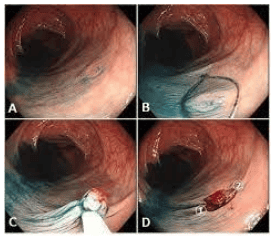
Conclusion
Polypectomy and EMR remain the standard treatment options for the removal of most colorectal neoplasms. They are relatively easy and quick to perform technically and have an acceptable complication rate. New developments are underway with cryo-nose resection as a method that may be associated with an even shorter procedure time and lower complication rates. In addition, ESD has the potential for greater resection of monolithic lesions; it should probably be reserved for larger lesions suspected of high-grade dysplasia or early invasive cancer. Finally, small lesions that are difficult to resect can now be effectively treated with EFTR (complete gastrointestinal resection).
Vinmec International General Hospital has invested in the most modern and advanced equipment in the world today to maximize the performance of endoscopic digestive polyps.
Vinmec is being equipped with the most modern digestive endoscope of Olympus. Endoscope Olympus HQ 190, Argon VIO 200 D - APC 2 ablation machine, Olympus synchronous endoscope washing machine. This is one of the best machines in the world for early detection of lesions and timely intervention, clear images...
Gastrointestinal endoscopy with Narrow Banding Imaging (NBI) has been creating a breakthrough for the screening and diagnosis of cancers of the gastrointestinal tract (esophagus, stomach, duodenum, colon, rectum) at early and very early stages. NBI endoscopic images have high resolution and contrast, so it is easy to detect small changes in color and morphology of cancerous and precancerous lesions that are difficult to detect and intervene with conventional endoscopy. correct injury site.
The synchronous machine washing system is used with standard RO water and chemicals to ensure maximum safety for the patient.
Vinmec Hospital is gathering a team of experts, medical professionals, experienced professionals in the field of gastrointestinal endoscopy and gastrointestinal endoscopy. The doctors have been trained in endoscopic polypectomy techniques and have many years of experience in the profession.
Please dial HOTLINE for more information or register for an appointment HERE. Download MyVinmec app to make appointments faster and to manage your bookings easily.





